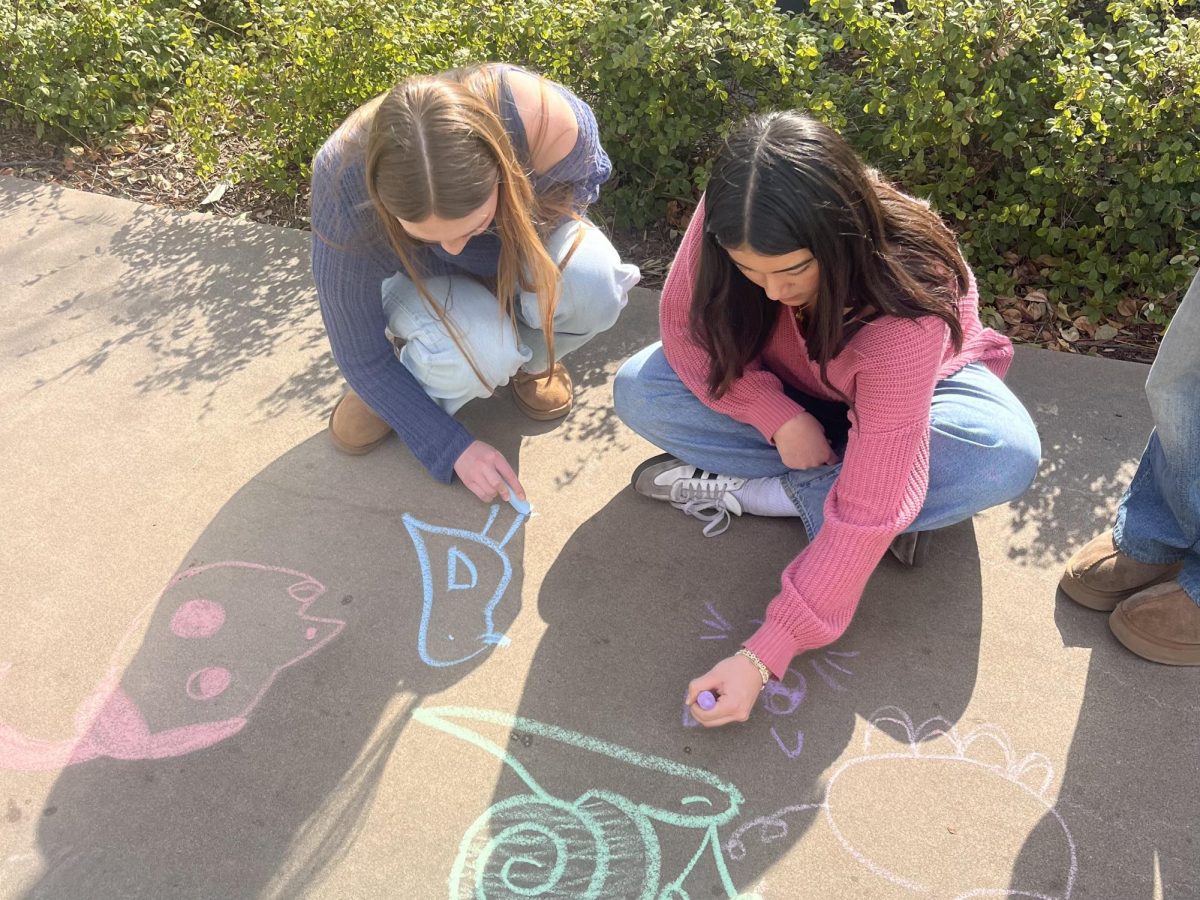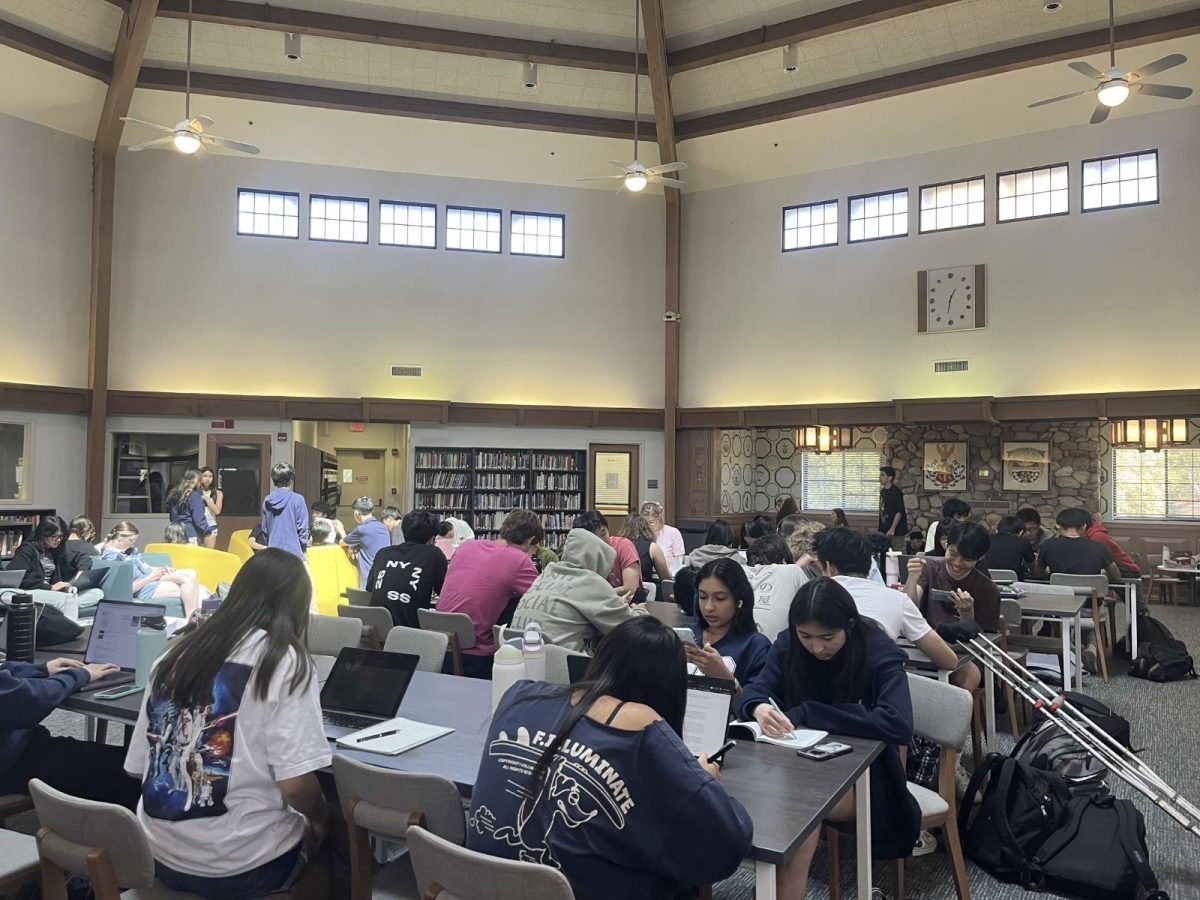Bust out the puppies—Stress Less Week has returned to campus, bringing vibrant energy and much-needed rest to students’ bustling schedules. Every day during lunch, students line up to participate in engaging activities that are put on by the peer advisors, such as playing with puppies and kittens, drawing with chalk and making slime.
Stress Less Week is intended to be an opportunity for students at Webb to spend some time during their busy weeks to relax and recharge.
While the idea for Stress Less Week is commendable, its effectiveness raises questions: does the event genuinely help students de-stress? Could there be more effective alternatives to address the ongoing challenges of stress management?
A recent survey conducted via STAS gathered insights from the students about their experiences. While a lot of people in the survey mentioned that being in the Stress Less Week environment and doing the activities was fun, it did not feel like they were relieving stress.
“I don’t know, the activities just aren’t very relieving of stress,” one of the survey responders said. “Slime making definitely won’t help me with the pressure of upcoming tests I need to study for. Sidewalk chalk isn’t going to do anything about the assignments I have left to do. Water balloons cannot, unfortunately, fight the terrible and constant knowledge that the work never ends.”
Jarra Jallow (‘25), a head peer advisor, shared her views on the stress less week event and how her role fits into promoting mental health awareness.
“A lot of the reason[s] why we love Stress Less Week is because it’s just something fun for people to do,” Jarra said. “Even the name Stress Less Week is a reminder that these activities are meant to feel de-stress and to not worry about other things happening. Even though it does add extra work for the peer advisors, I feel less stressed watching students have fun with these activities.”
Freshmen also provided insights after experiencing Stress Less Week for the first time this year.
“I liked Stress Less Week, and I think we should do it more often,” Audrey Ard-Huddy (‘28) said. “I don’t think that the name Stress Less Week fits what it did for us, I think it more so boosted the morale on campus and made everybody a little bit happier, but I don’t think it took stress away.”
A lot of students in the STAS survey also mentioned this, saying that during Stress Less Week, additional work should not be assigned.
“We still had assignments and summatives due the next day, and if anything, it took time away from our lunch to work on these assignments,” Audrey said. “I think it could have made people more productive because people were more energized from stress less week.”
Stress among teenagers is often underestimated, but it stems from a combination of factors, including academic, social, and family pressures.
According to the Mass General Brigham on teen stress, adolescents are navigating brain development, societal expectations, and personal fears while being overworked by school and extracurricular activities.
Students at Webb are no exception. A lack of downtime, academic pressure, and the competitive nature of high school all contribute to heightened stress levels. Common symptoms include mood swings, physical fatigue, difficulty concentrating, and neglect of responsibilities.
While Stress Less Week offers a momentary reprieve, some students believe that more systemic changes could be more effective in addressing stress. Suggestions include longer breaks, reduced or no workload during Stress Less Week. Some also proposed having workshops focusing on time management and mindfulness.
Although Stress Less Week is not the most effective at managing stress, for now, Stress Less Week remains a cherished tradition at Webb, even as students and faculty continue exploring ways to improve mental health resources on campus.





















